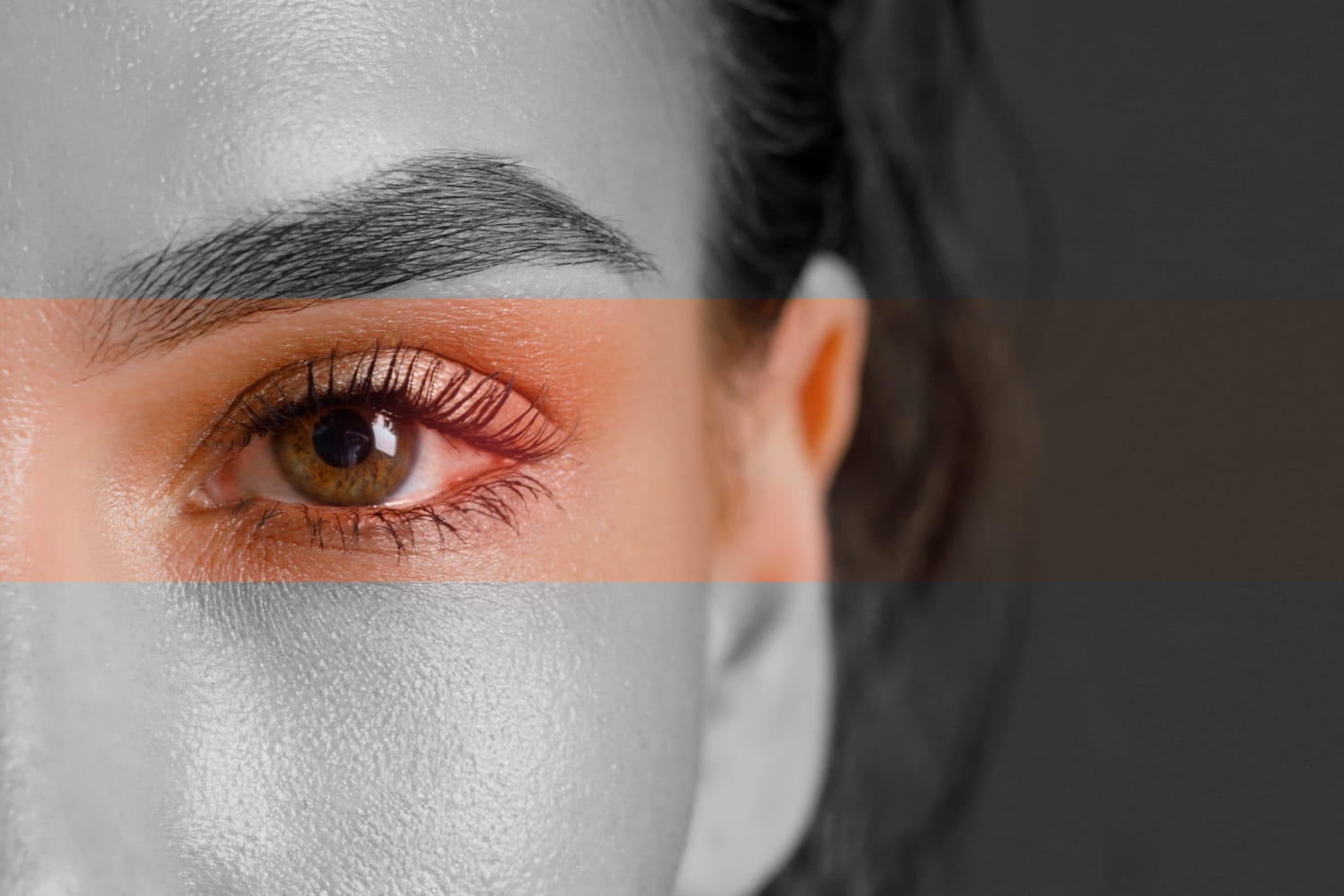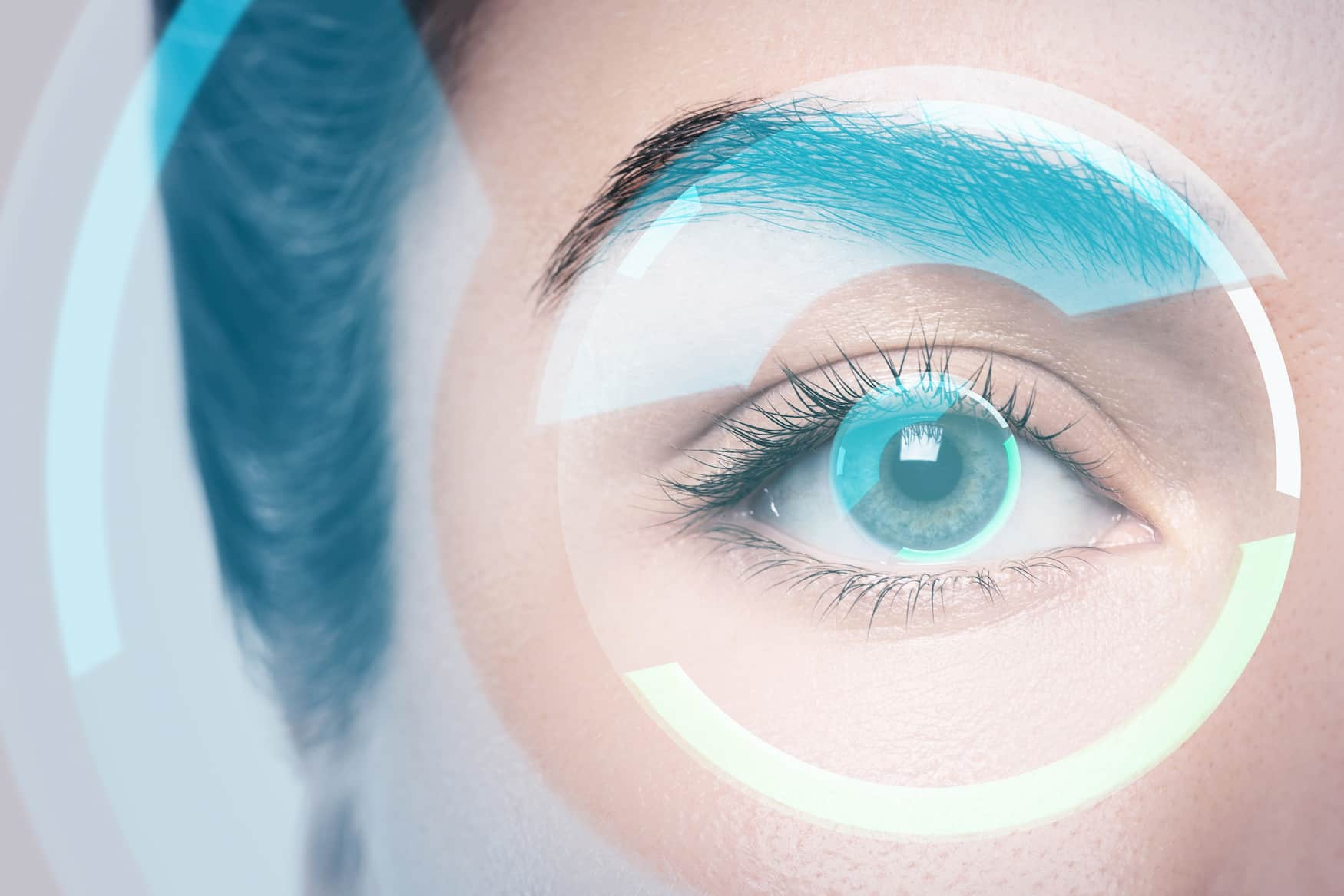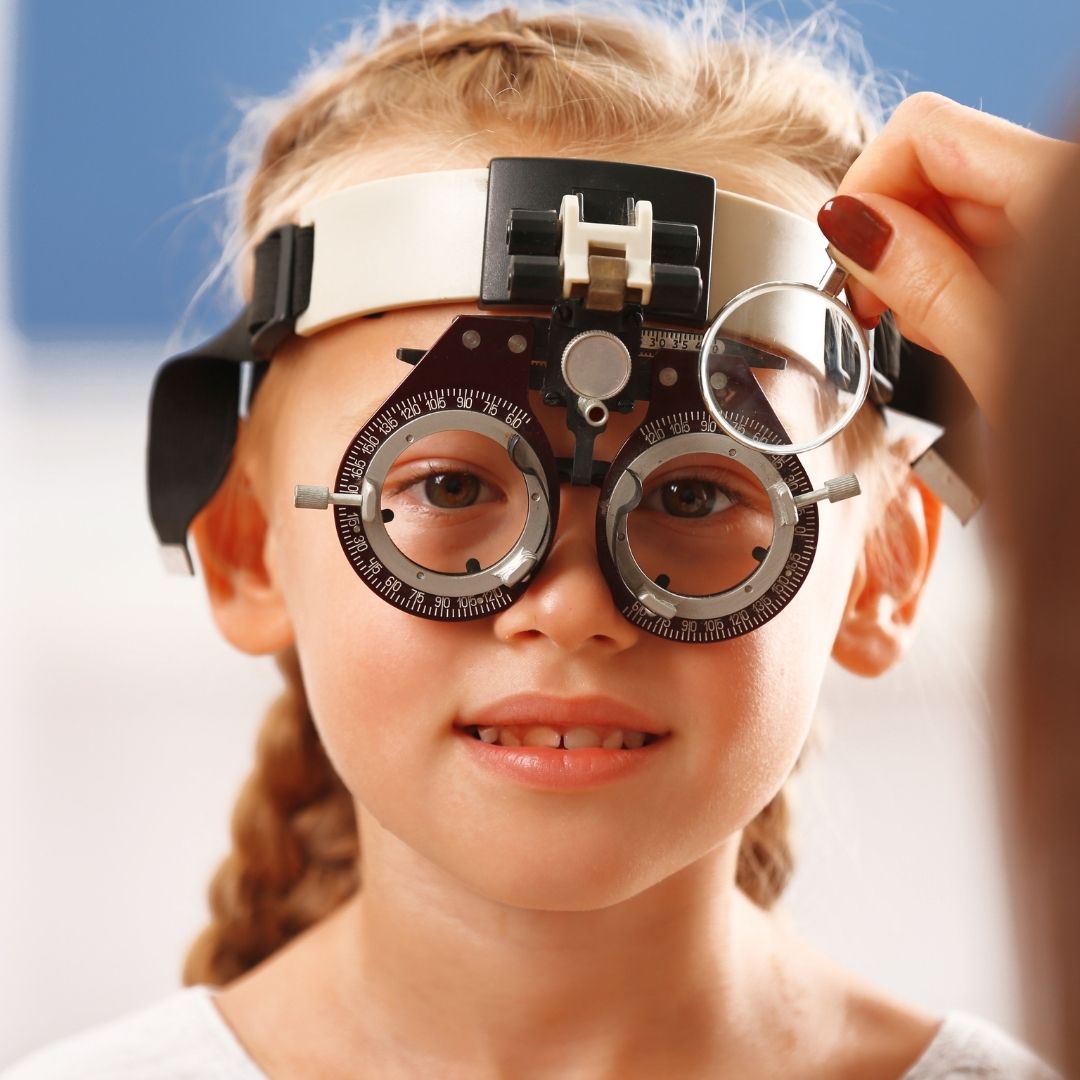
Most Common Signs of Dry Eye
Dry eye is a common eye condition that occurs when the eyes do not produce enough tears or when the tears evaporate too quickly. It can be caused by various factors, including aging, certain medications, and environmental factors such as dry air. While dry eye may seem like a minor annoyance, it can actually be a significant source of discomfort and can even lead to damage to the surface of the eye if left untreated.
One of the most important steps in vision check-ups is recognizing the signs and symptoms of the condition. There are several common signs of dry eye, which can include eye redness, irritation, and sensitivity to light. People with dry eyes may also experience blurred vision, excess tearing, and difficulty wearing contact lenses.
By understanding these signs and seeking prompt evaluation and treatment, people with dry eyes can manage their symptoms and protect their eye health. In this article, we will explore the six most common signs of dry eye and discuss their implications for the diagnosis and management of this common condition.
What Is Dry Eye?
Dry eye is a common condition that occurs when the eyes are unable to produce enough tears or when the tears produced are of poor quality, leading to inflammation and discomfort in the eyes. Tears are important for the health of the eyes because they help to lubricate the eyes and protect them from infection.
When the eyes do not produce enough tears or when the tears are of poor quality, the eyes can become inflamed and uncomfortable. A dry eye can be caused by various factors, including aging, hormonal changes, certain medications, and environmental factors such as dry air or wind. It can also be a side effect of some medical conditions, such as autoimmune disorders or diabetes.
What Are The 6 Most Common Signs of Dry Eye?
There are the six most common signs of dry eye:
Eye redness: As mentioned earlier, dry eye can cause the blood vessels in the eyes to become inflamed and dilated, leading to redness. This redness can be particularly noticeable in the whites of the eyes.
Eye irritation: People with dry eyes often experience a sensation of irritation, burning, or itching in the eyes. This discomfort may be particularly noticeable when you are reading, watching TV, or using a computer for an extended period.
Blurred vision: A dry eye can cause the surface of the eye to become uneven, leading to blurred vision. This symptom may be more noticeable when you are reading, driving, or performing other visual tasks.
Sensitivity to light: A dry eye can make your eyes more sensitive to light, particularly bright lights or glare. You may find that you need to squint or shield your eyes in bright sunlight or when you are looking at a computer screen.
Watery eyes: While it may seem counterintuitive, people with dry eye often experience excess tearing. This is because the eyes may produce a lot of tears in response to irritation, but these tears may not be of good quality or may not be able to adequately lubricate the eyes.
Difficulty wearing contact lenses: People with dry eye may find that wearing contact lenses is uncomfortable or even painful. This is because the lenses can further irritate the already dry and sensitive surface of the eyes. In some cases, people with dry eye may need to switch to a different type of contact lens or stop wearing them altogether.
It is important to note that not all people with dry eye will experience all of these symptoms, and some people may experience symptoms that are not listed here. If you are experiencing any of these symptoms or suspect that you may have dry eye, it is important to see an eye doctor for an evaluation and diagnosis.
What Are the Types Of Dry Eye?
There are two main types of dry eye: aqueous deficient dry eye and evaporative dry eye.
Aqueous deficient dry eye occurs when the lacrimal glands in the eyes do not produce enough of the watery component of tears. This can be caused by autoimmune disorders, hormonal changes, or certain medications. People with aqueous deficient dry eye may have symptoms such as eye redness, irritation, and sensitivity to light.
Evaporative dry eye, on the other hand, occurs when the oil glands in the eyes do not produce enough oil to keep the tears from evaporating too quickly. This can be caused by aging, environmental factors such as dry air, or certain medications. People with evaporative dry eye may have symptoms such as blurred vision, eye fatigue, and difficulty wearing contact lenses.
While the types of dry eye may have different underlying causes, the signs and symptoms of dry eye are generally similar regardless of the type. The most common signs of dry eyes, such as eye redness, irritation, and sensitivity to light, can occur in aqueous deficient dry eye and evaporative dry eye. Similarly, the less common symptoms, such as mucous discharge and difficulty driving at night, can occur in either type of dry eye.
It is important to note, however, that the specific symptoms and severity of dry eye can vary widely from person to person, and may depend on the underlying cause of the condition. A thorough evaluation by an eye doctor can help to determine the type and severity of dry eye and guide appropriate treatment.
The Study of Signs of Dry Eye
A recent study published in the American Journal of Ophthalmology analyzed a large sample of individuals with dry eye and identified the six most common signs. The study found that eye redness, irritation, blurred vision, sensitivity to light, watery eyes, and difficulty wearing contact lenses were the predominant symptoms reported by patients with dry eye. This research underscores the consistency of these symptoms among individuals with the condition and reinforces the importance of seeking an eye doctor’s evaluation for proper diagnosis and treatment.
Understand Dry Eye Signs with Healthy Türkiye
Dry eye is a common condition that can be caused by a variety of factors. The signs of dry eye can vary from person to person, but the most common symptoms include dryness and irritation, redness, blurred vision, sensitivity to light, eye fatigue, and excessive tearing. If you are experiencing any of these symptoms, you can consult Healthy Türkiye’s eye surgery doctors for an evaluation and to discuss treatment options.
Treatment for dry eye may include the use of artificial tears, prescription eye drops or ointments, or other medications. In some cases, lifestyle changes, such as taking breaks from computer use or using a humidifier, may also be helpful.



